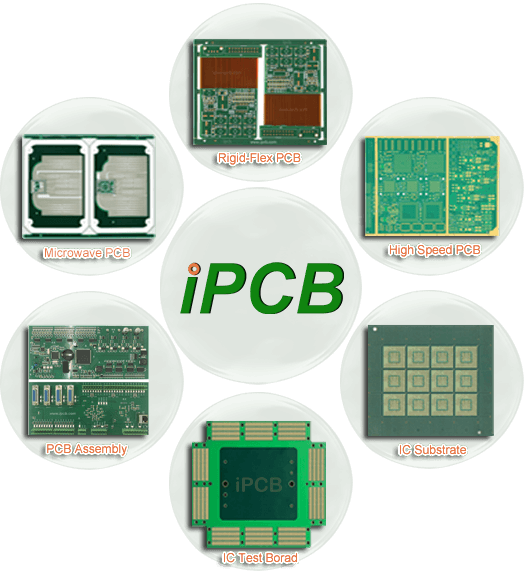Ink is an indispensable raw material for PCB circuit boards. It mainly protects the circuit board, protects the copper skin from oxidation, insulation, and so on. Whether the quality of PCB ink is excellent is reflected in its own viscosity, the English is: viscosity, that is, the flow of shear
Ink is an indispensable raw material for PCB circuit boards. It mainly protects the circuit board, protects the copper skin from oxidation, insulation, and so on. Whether the quality of the PCB ink is excellent is reflected in its own viscosity. The English is: viscosity, that is, the shear stress of the flow divided by the velocity gradient in the direction of the flow layer, and the unit is Pa/sec.

The second is plasticity: it refers to the performance of the ink to maintain its previous shape after being subjected to external forces. Plasticity can improve the printing accuracy of the ink.
The third is thixotropy: the ink is gelatinous when no external force is received, and then becomes another shape after the force is applied.
The fourth is fluidity: fluidity means that the ink flows around under external force, especially gravity. It is the reciprocal of the viscosity. The plasticity and thixotropy are large, and the fluidity is large.
The fifth is viscoelasticity: it refers to the ability of the ink to rebound quickly after being cut by the ink after the squeegee is printed. The better the elasticity of the ink is, the better it is for printing.
The sixth is dryness: if the ink dries as slowly as possible, it is hoped that the faster the ink transfer to the substrate, the better.
The seventh is rassiness: when scooping up the ink with an ink shovel, there will be unbroken filaments and become drawing. The longer the drawing, there will be a lot of filaments on the PCB board, which cannot be printed.
The eighth is hiding power: for PCB board inks, according to special purposes and requirements, higher hiding power is required.
After the ink is used, it must be resistant to external scratches, heat shock, mechanical peeling, and so on. And must comply with international use safety performance and environmental protection performance.
Commonly used ink colors:
The most common ink color is generally green, and the circuit board generally requires green ink. Some other commonly used colors are: black, white, yellow, red, blue, and purple are rare.